Best Info About When To Use A Bar Vs Line Graph Git Log Pretty
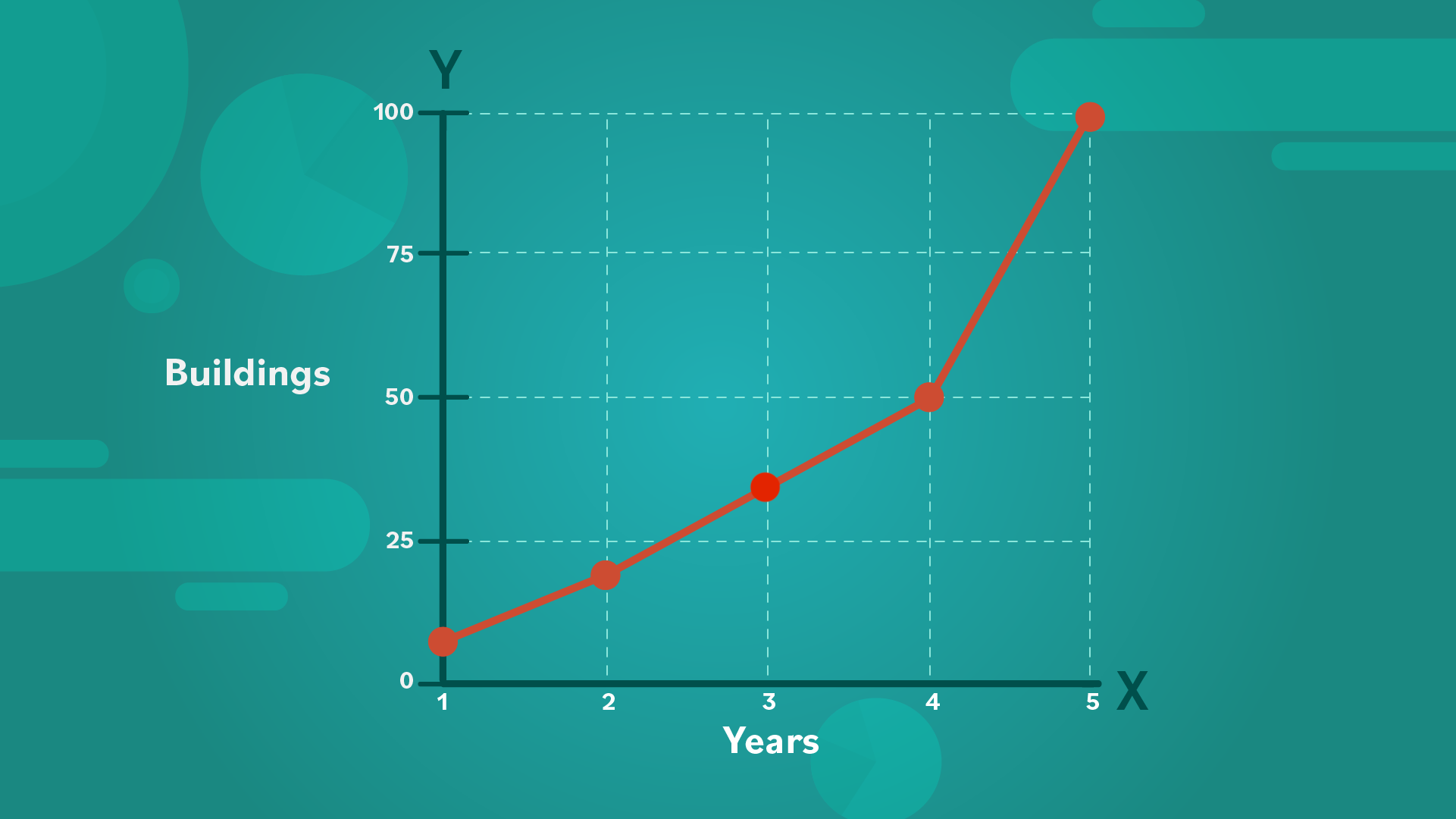
As we can see, comparing the height of each bar gives us a more intuitive perception than looking at the table alone.
When to use a bar vs line graph. When to use a bar graph. So, when it comes to questioning when to use a bar graph the answer lies in its versatility of uses. Each categorical value claims one bar, and.
In summary, line graphs and bar charts are both valuable tools in the data visualization toolkit, each with its unique strengths. 3) when to use a line graph. The bars represent individual values (sorted in descending order), and the line indicates the cumulative total.
Moreover, you should also know when to use a bar graph for better use. Line charts join data points with lines, emphasizing movement and flow, ideal for viewing data patterns over periods. Bar graphs show data with blocks of different lengths, whereas line graphs show a series of points connected by straight lines.
Bar graphs are good when your data is in categories (such as comedy, drama, etc). You can create graphs like that using our data graphs (bar, line, dot, pie, histogram) page. Understanding when to use a bar graph ensures that your data presentation is effective and insightful, making complex data comprehensible at a glance.
Charts visually represent current data in the form of tables and diagrams, but graphs are more numerical in data and show how one variable affects another. The line chart is ideal for this purpose because our eyes naturally tend to move across it from left to right, following the patterns in the troughs and peaks of the series. Bar charts are best suited for data that can be split into several groups.
Bar graphs are an effective way to compare items between different groups. 5) tips to make a line graph. When employing a bar graph, the focus is on emphasizing the discrete value of each category, a cornerstone in the bar vs line graph dialogue, facilitating immediate comprehension of comparisons.
When to use line charts: For example, volume of shirts in diferent sizes, website trafic by referrer, and percent of spending by department. In a line graph, data points are plotted on a graph and then connected by a line to show a trend or change over time.
The differences between line graphs, bar charts and histograms. Difference between bar graph and histogram. A line graph is used to display data that changes continuously over periods of time.
Each bar represents a different category of data. When to use bar graph and line graph bar graph. This chart is named after vilfredo pareto, who observed the.
It is the second runner popular graph following its competitor—line chart, yet it has its own efficacy and uses. Steps to draw bar graph. Line graphs are ideal for showing trends and changes over time, while bar charts are excellent for.

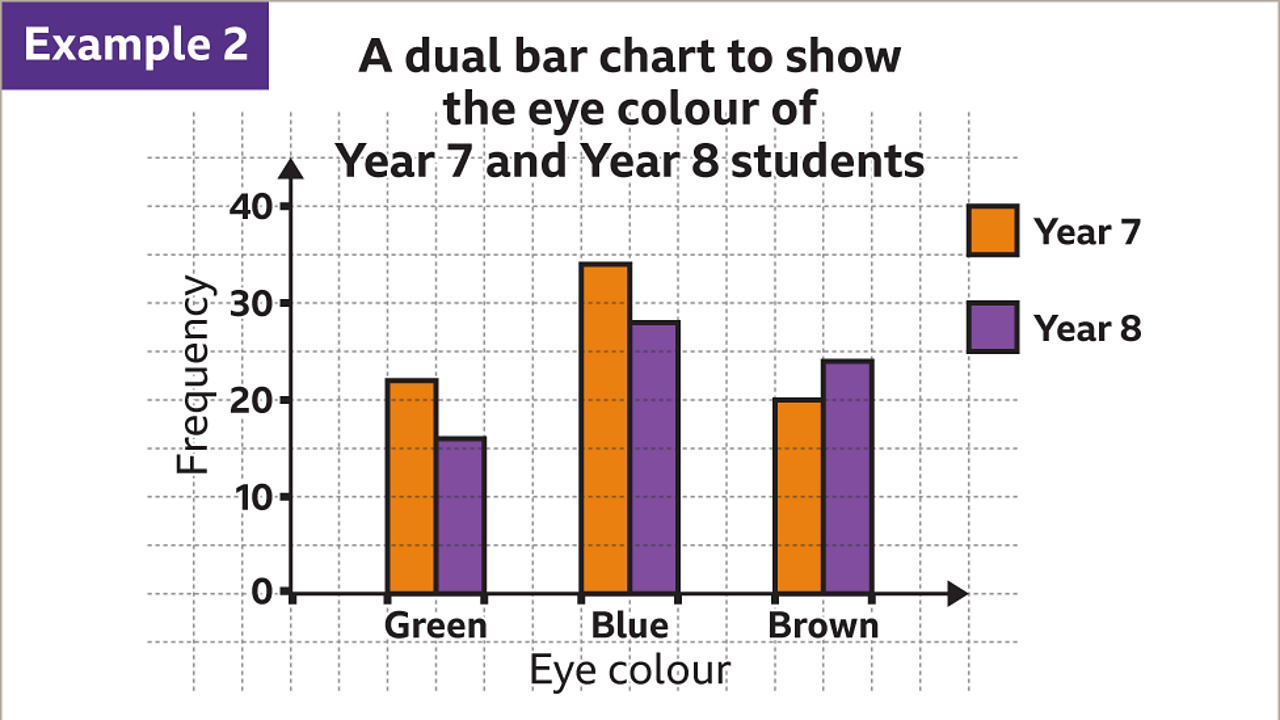
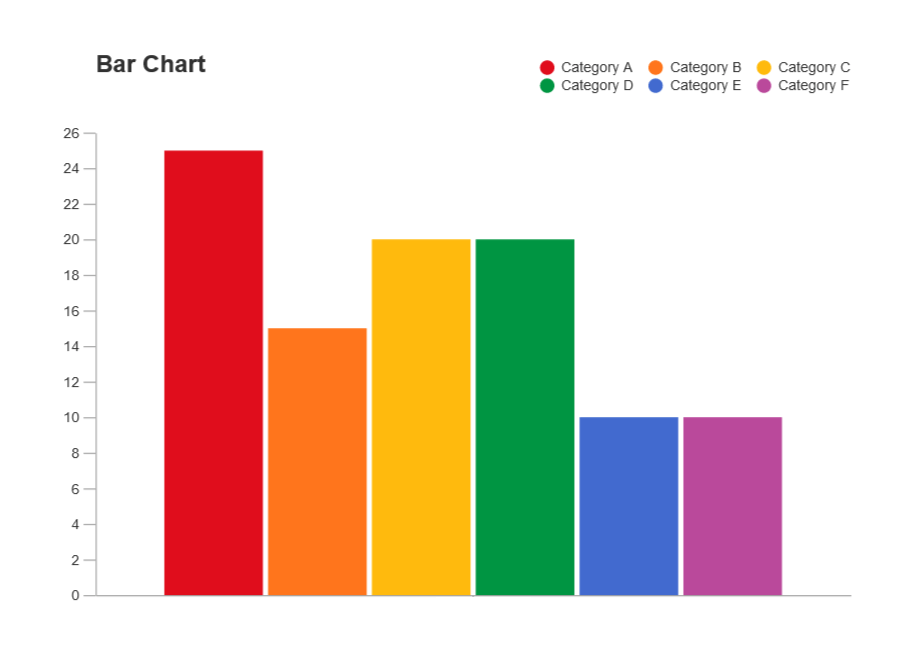






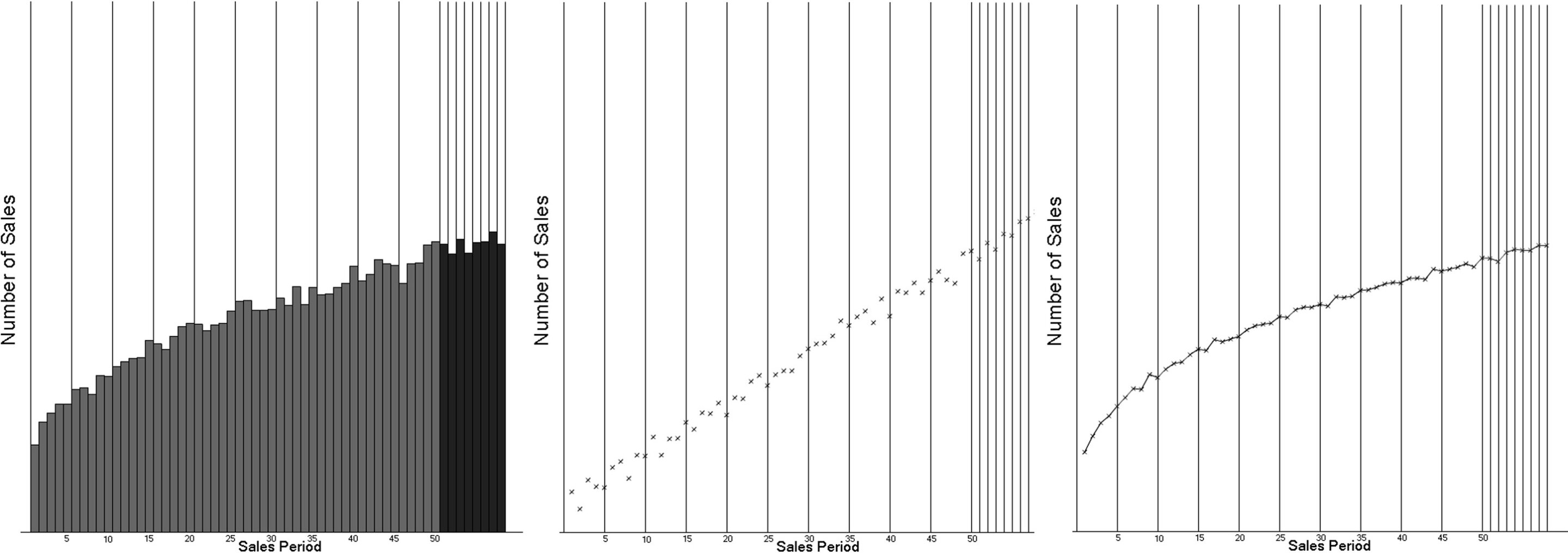
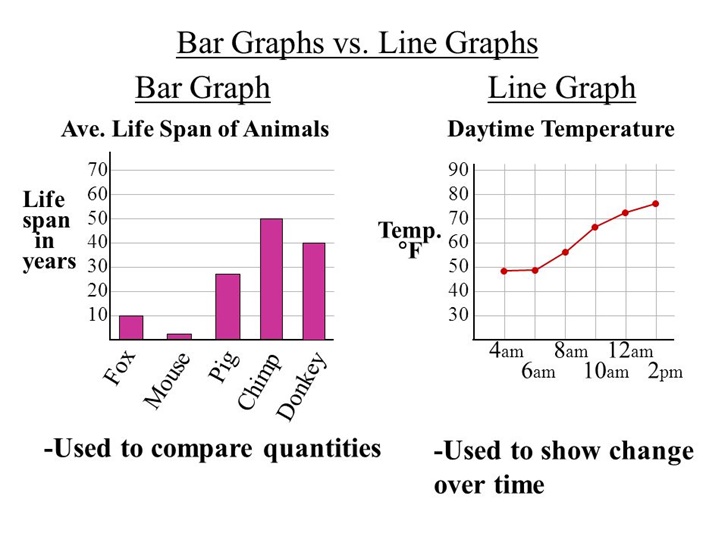
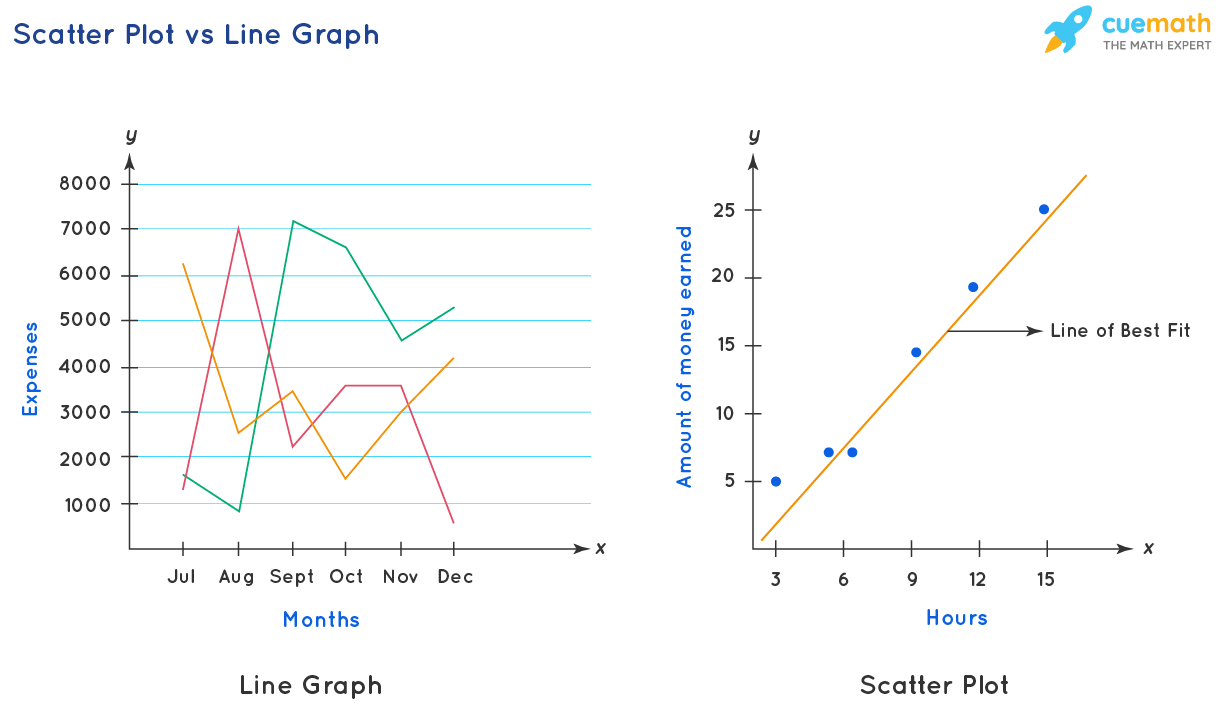


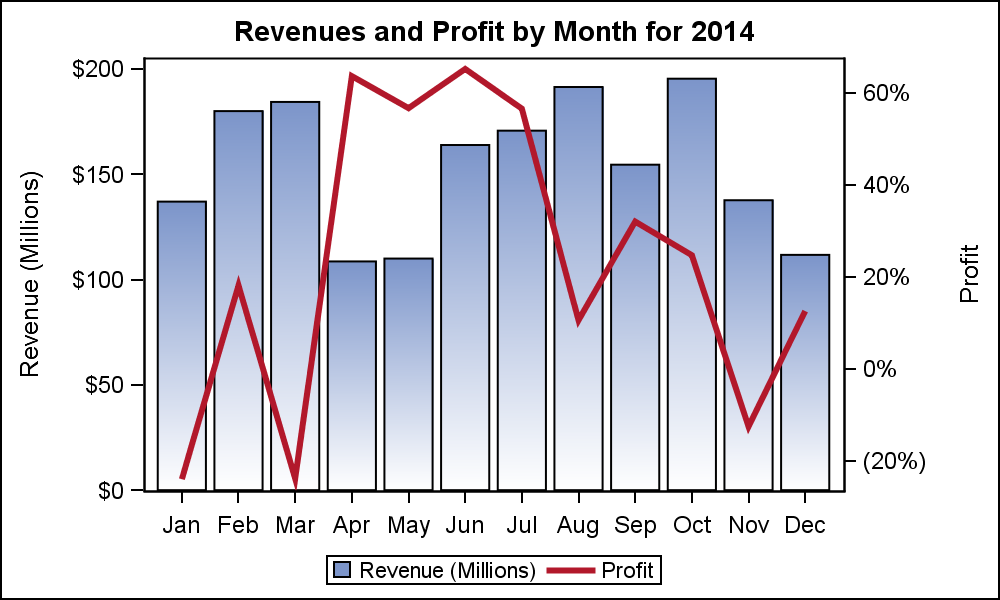
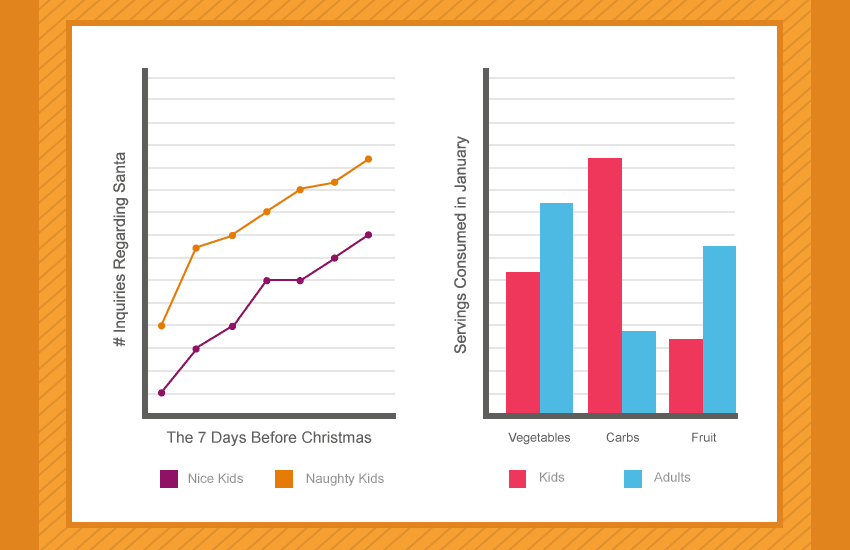




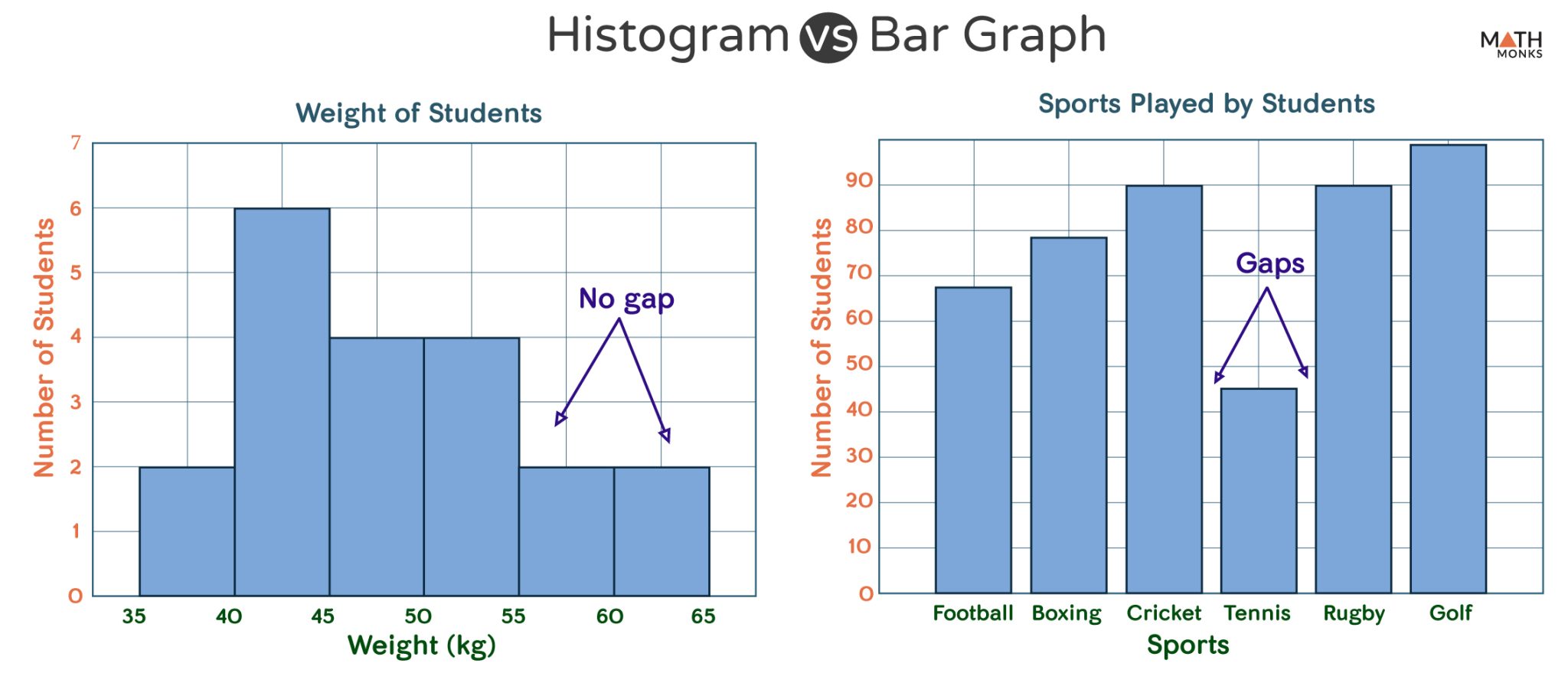
![What is Bar Graph? [Definition, Facts & Example]](https://cdn-skill.splashmath.com/panel-uploads/GlossaryTerm/7d3d0f48d1ec44568e169138ceb5b1ad/1547442576_Bar-graph-Example-title-scale-labels-key-grid.png)